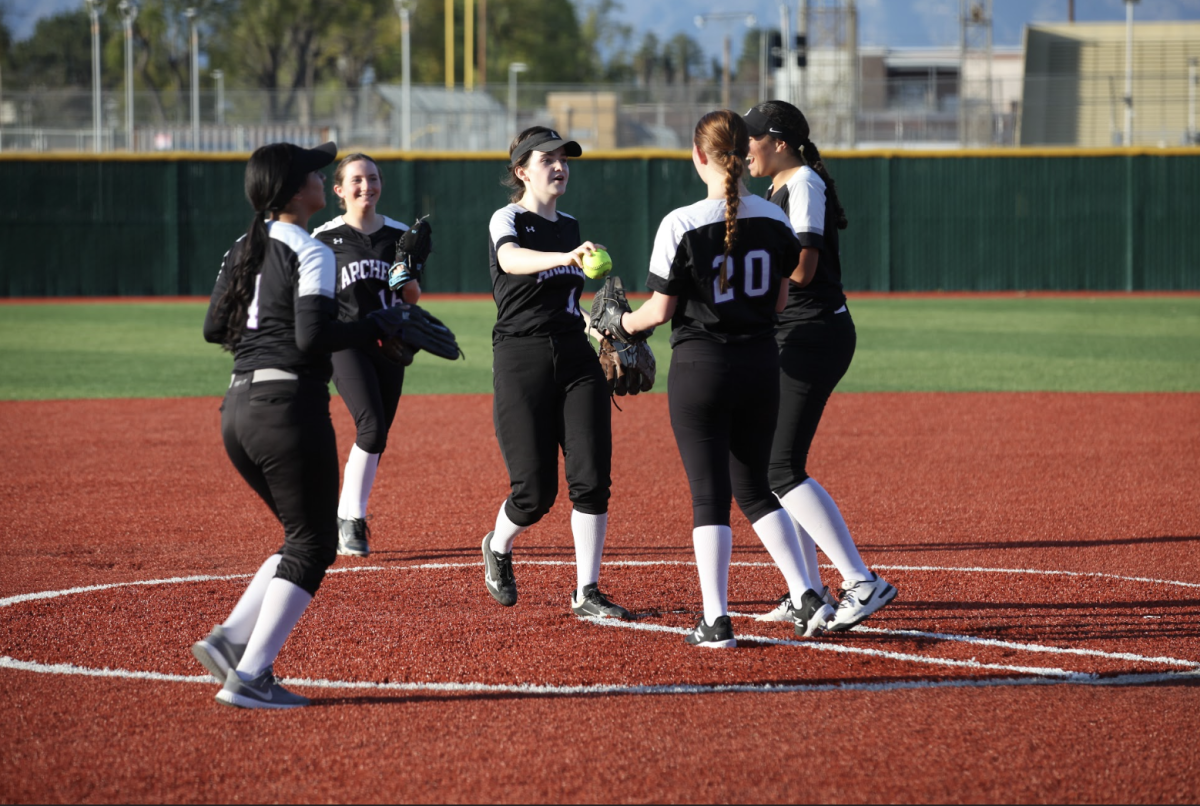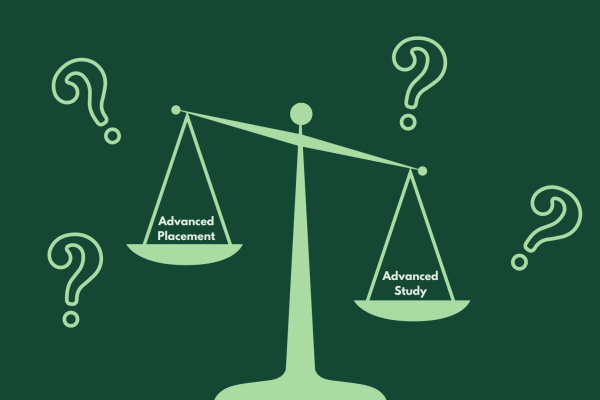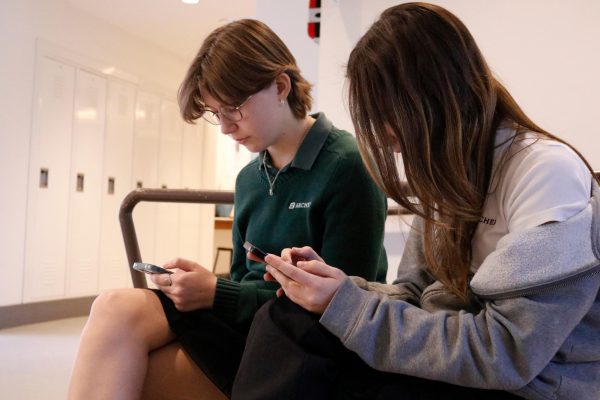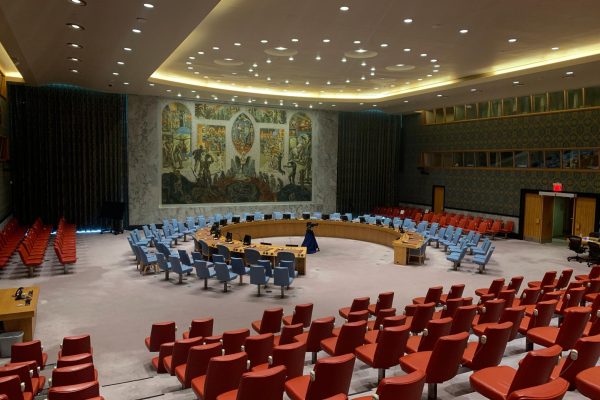Op-Ed: What is true activism?
Photo credit: Maia Alvarez
Sophomore Mia Vosicher wrote an opinion piece for her 10th grade English class about the meaning of true activism and how people should approach making change today. (Graphic Illustration by Maia Alvarez)
May 27, 2023
Recently, in protest of global warming, two activists threw soup on Van Gogh’s priceless “Sunflowers” painting at London’s National Gallery of Art. Last year, a group of climate activists on the East Coast slashed the tires of people’s SUVs in an attempt to bring awareness to climate change. Was this really activism or merely vandalism?
Oxford Languages defines activism as “the policy or action of using vigorous campaigning to bring about political or social change.”
However, I propose the idea of true activism where actions must be productive, constructive and contribute to a solution. Most importantly, true activism must be founded in citizenship, the quality of having respect for your community and creating a “bond that unites people around civic ideals.” By this definition, it is clear that the destruction of art and private property was vandalism and not true activism.
Generally speaking, activism is a good thing. Once an issue of social importance is identified, efforts are planned to bring about awareness and ultimately resolution. Herein lies the distinction between true activism and destructive outbursts. Protests and promotion of awareness can be really effective for a community if done peacefully.
What activism lacks today is an emphasis on citizenship. Activism without citizenship has proven to be destructive and counterproductive. It’s easy to ruin things when one acts out of anger.
True activism is done out of love for a community. For instance, Canadian company Carbon Engineering takes “carbon dioxide directly from the atmosphere and then uses it to produce fuel.” 28-year-old Boyan Slat created the world’s first ocean plastic cleanup process, called “The Ocean Cleanup,” using the location of the “Great Pacific Garbage Patch,” a “long, flat curtain” that uses “the movement of the ocean to let the plastic hit [its] barrier, […] and the plastic gets pushed towards the center.”
The Great Pacific Garbage Patch has collected and distributed over 200,000 kilograms of trash from the ocean, and Carbon Engineering has now been able to create specific technology to take carbon dioxide out of the air, with help from aviation companies. As both these ideas turned out to be successful, it is fair to say methods in which people take charge immediately are better than trying to make a statement first.
So, why do people often resort to destructive activism? Why are citizenship and productivity lacking amongst today’s activists?
Up until the 1960s, students were taught civics in school. They were more encouraged to participate in student councils and contribute to their communities. Overall, a civics curriculum “enables students not only to study how others participate, but also to practice participating and taking informed action themselves.”
The disappearance of civics classes and the rapid rise of social media has facilitated a very superficial form of activism. Today, it is easy to repost an image and call it activism. It is fast, efficient and requires minimal effort.
How can we harness the power of these technological advances to promote a better, more productive and more beneficial form of activism? As journalist Shelby Blakely puts it, “The power that we have through social media and through online advocacy in particular is that we can pair that information up with the ability to take action.” Unity is essential in creating change, that is why advocacy — like spreading awareness through social media or getting a group of friends together, plus love for a community — is the key to true activism.
Let’s combat the world’s problems using innovation. No amount of ruined art would meaningfully reduce carbon emissions and ruining a person’s day by incapacitating their vehicle will not guide people to greener habits. Instead of destroying to start over, we can fix the parts of our world that are wounded, while keeping citizenship at our core.




![Freshman Milan Earl and sophomore Lucy Kaplan sit with their grandparents at Archer’s annual Grandparents and Special Friends Day Friday, March 15. The event took place over three 75-minute sessions. “[I hope my grandparents] gain an understanding about what I do, Kaplan said, because I know they ask a lot of questions and can sort of see what I do in school and what the experience is like to be here.](https://archeroracle.org/wp-content/uploads/2024/03/grandparents-day-option-2-1200x800.jpg)





























































Siena Ferraro • May 27, 2023 at 6:11 pm
YAY MIA!! So glad you got published. Congrats on a great Op-Ed!